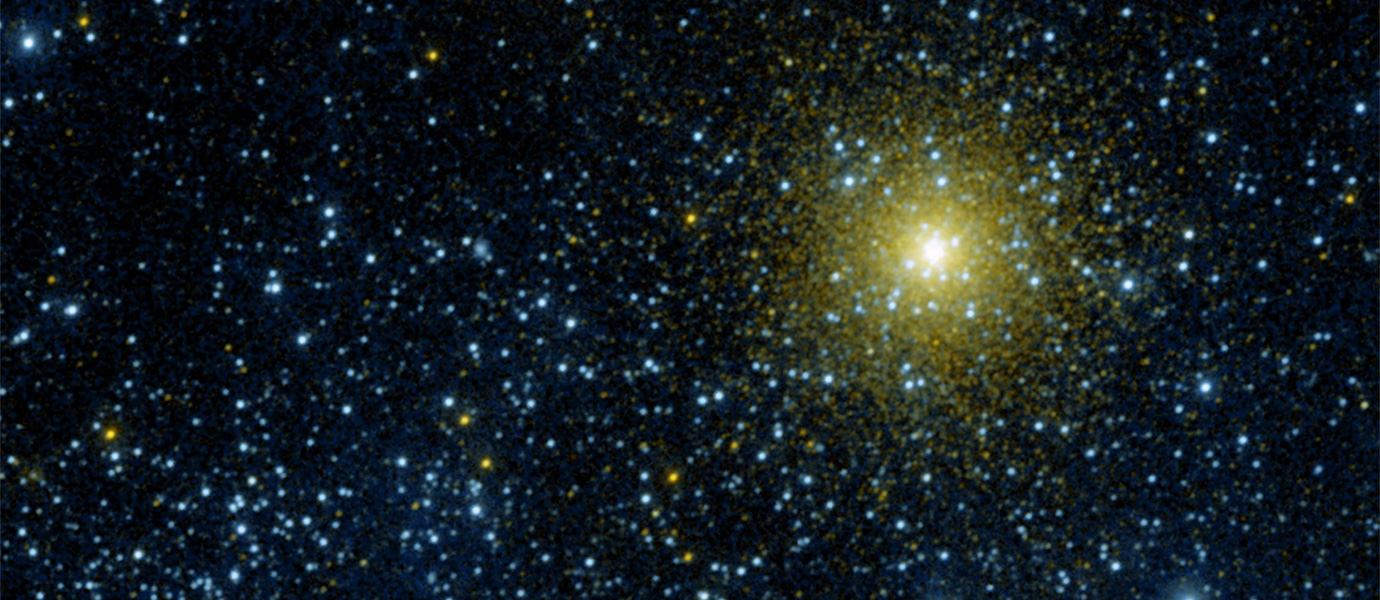ABOUT
Georgia Southern University Planetarium
The Georgia Southern University Planetarium is an immersive astronomy laboratory housed in the Department of Physics, within the College of Science and Mathematics. It’s used to teach university courses and labs daily, as well as an independent study planetarium course for university students. The Georgia Southern University Planetarium provides monthly public events on exciting astronomy topics and full-dome presentations scheduled each year with telescopic observing outdoors, weather permitting.
contact info
Hrs: Monday - Friday 9AM - 5PM.
HELPFUL LESSON PLAN(S)
Prepared by FieldTripDirectory.com
Planetarium Lesson Plan
FUN FACTS
Earth has more exposed water than land. Three quarters of the Earth is covered by water! The earth has one moon.
Venus is the brightest planet in our sky and can sometimes be seen with the naked eye if you know where to look. It is the solar system’s brightest planet — yellow clouds of sulfuric acid reflect the sun’s light.
Jupiter is so big that you could fit all the other planets in the solar system inside it.
Pluto is no longer considered a planet — instead, astronomers call it a dwarf planet or planetoid.
View Lesson Plan>>ABOUT
Georgia Southern University Planetarium
The Georgia Southern University Planetarium is an immersive astronomy laboratory housed in the Department of Physics, within the College of Science and Mathematics. It’s used to teach university courses and labs daily, as well as an independent study planetarium course for university students. The Georgia Southern University Planetarium provides monthly public events on exciting astronomy topics and full-dome presentations scheduled each year with telescopic observing outdoors, weather permitting.
contact info
Hrs: Monday - Friday 9AM - 5PM.
HELPFUL LESSON PLAN(S)
Prepared by FieldTripDirectory.com
Planetarium Lesson Plan
FUN FACTS
Earth has more exposed water than land. Three quarters of the Earth is covered by water! The earth has one moon.
Venus is the brightest planet in our sky and can sometimes be seen with the naked eye if you know where to look. It is the solar system’s brightest planet — yellow clouds of sulfuric acid reflect the sun’s light.
Jupiter is so big that you could fit all the other planets in the solar system inside it.
Pluto is no longer considered a planet — instead, astronomers call it a dwarf planet or planetoid.
View Lesson Plan>>
